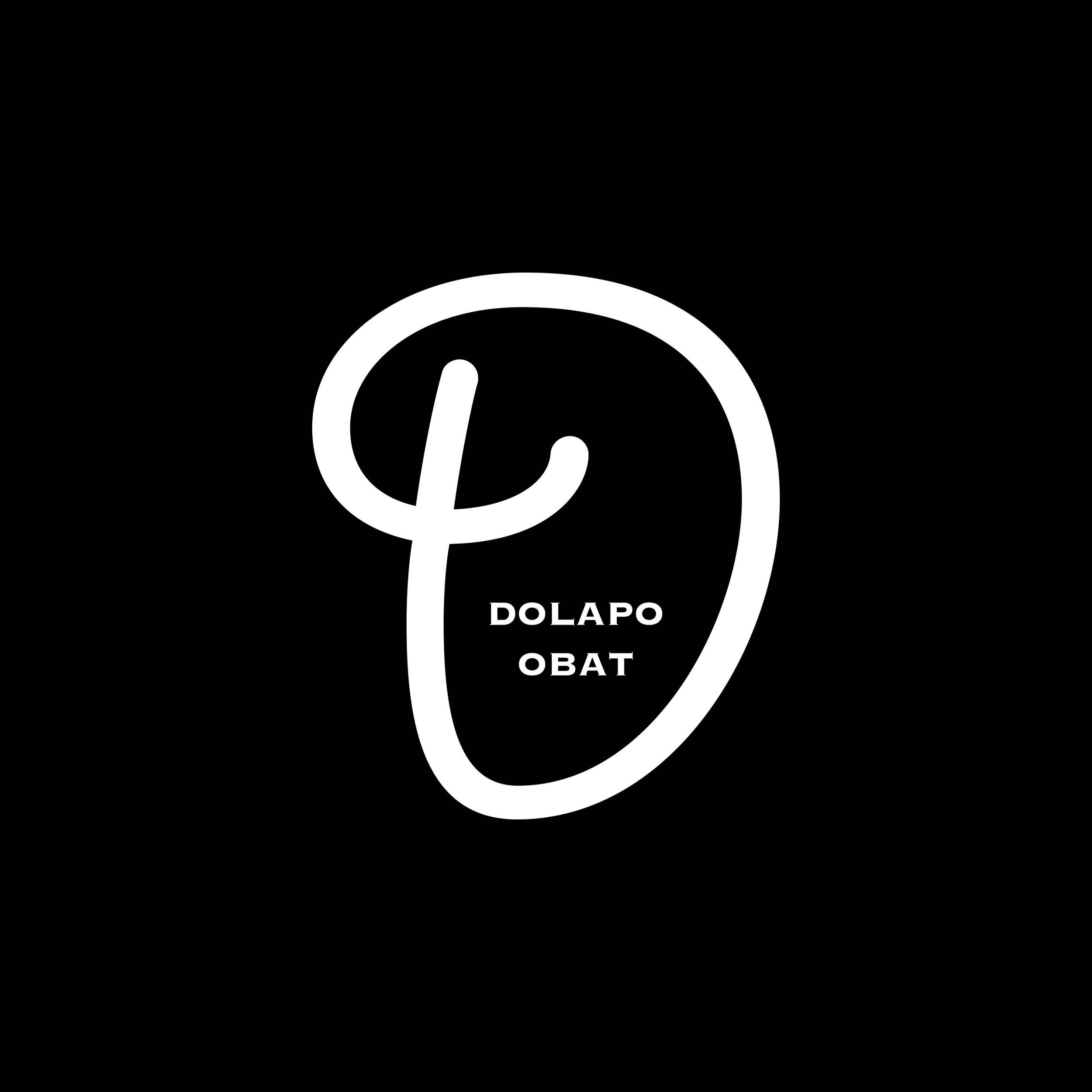How Nigerian Art Captures Both Utopian and Dystopian Visions with a Splash of Creativity
I have always been fascinated by Nigerian art and its unique ability to capture both utopian and dystopian visions with a sprinkle of creativity. Nigerian art has a rich cultural heritage that dates back to ancient times and has evolved over the years to become a significant aspect of the country's identity. In this article, I will explore the concept of utopian and dystopian visions in Nigerian art, the role of creativity, and the impact of Nigerian art on society.
Introduction to Nigerian art and its significance
Nigerian art is a diverse and dynamic art form that reflects the various cultures and traditions of the country. It encompasses various art styles such as painting, sculpture, pottery, and textile art. Nigerian art has a long history, dating back to the Nok culture of the 5th century BCE. Over the years, Nigerian art has evolved through different periods and movements, each with its unique styles and techniques.
Nigerian art is significant because it reflects the country's diverse cultural heritage. It is a form of expression that showcases the country's traditions, beliefs, and values. Nigerian art also plays a crucial role in preserving the country's cultural heritage, and it is a source of inspiration and pride for its people.
Understanding the concept of utopian and dystopian visions in art
Utopian and dystopian visions are two contrasting concepts that are often explored in art. Utopian visions represent an ideal world, whereas dystopian visions represent a world that is undesirable or frightening. These visions can be expressed through various art forms such as literature, film, and visual arts.
Nigerian art and the portrayal of utopian visions
Nigerian art often portrays utopian visions through its depictions of nature, family, and community life. Nigerian artists use bright and vibrant colors to depict the beauty of nature and the joy of family life. These artworks often showcase a sense of unity and togetherness, which represents the ideal society.
Nigerian art also portrays utopian visions through its depictions of traditional festivals and ceremonies. These artworks showcase the rich cultural heritage of the country and the importance of tradition in Nigerian society.
Nigerian art and the depiction of dystopian visions
Nigerian art also explores the concept of dystopian visions through its depictions of poverty, corruption, and political unrest. These artworks often use dark and somber colors to depict the harsh realities of life in Nigeria. They highlight the social and political issues that plague the country, such as poverty, inequality, and corruption.
The role of creativity in Nigerian art
Creativity is an essential aspect of Nigerian art. Nigerian artists use their creativity to express their ideas and emotions through their artwork. They use different techniques such as color, texture, and form to create unique and visually pleasing artworks.
Creativity also plays a significant role in the evolution of Nigerian art. Nigerian artists are constantly experimenting with different styles and techniques to create new and innovative artworks. This experimentation has led to the development of new art movements and styles, such as the Nsukka School and the Zaria Art Society.

